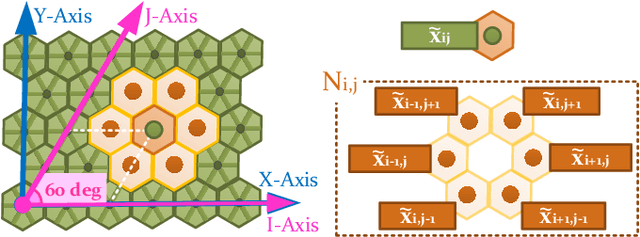Alfonso García-Cerezo
Strengthening Multi-Robot Systems for SAR: Co-Designing Robotics and Communication Towards 6G
Apr 02, 2025Abstract:This paper presents field-tested use cases from Search and Rescue (SAR) missions, highlighting the co-design of mobile robots and communication systems to support Edge-Cloud architectures based on 5G Standalone (SA). The main goal is to contribute to the effective cooperation of multiple robots and first responders. Our field experience includes the development of Hybrid Wireless Sensor Networks (H-WSNs) for risk and victim detection, smartphones integrated into the Robot Operating System (ROS) as Edge devices for mission requests and path planning, real-time Simultaneous Localization and Mapping (SLAM) via Multi-Access Edge Computing (MEC), and implementation of Uncrewed Ground Vehicles (UGVs) for victim evacuation in different navigation modes. These experiments, conducted in collaboration with actual first responders, underscore the need for intelligent network resource management, balancing low-latency and high-bandwidth demands. Network slicing is key to ensuring critical emergency services are performed despite challenging communication conditions. The paper identifies architectural needs, lessons learned, and challenges to be addressed by 6G technologies to enhance emergency response capabilities.
Optimal Path Planning using CAMIS: a Continuous Anisotropic Model for Inclined Surfaces
Mar 05, 2021



Abstract:The optimal traverse of irregular terrains made by ground mobile robots heavily depends on the adequacy of the cost models used to plan the path they follow. The criteria to define optimality may be based on minimizing energy consumption and/or preserving the robot stability. This entails the proper assessment of anisotropy to account for the robot driving on top of slopes with different directions. To fulfill this demand, this paper presents the Continuous Anisotropic Model for Inclined Surfaces, a cost model compatible with anisotropic path planners like the bi-directional Ordered Upwind Method. This model acknowledges how the orientation of the robot with respect to any slope determines its energetic cost, considering the action of gravity and terramechanic effects such as the slippage. Moreover, the proposed model can be tuned to define a trade-off between energy minimization and Roll angle reduction. The results from two simulation tests demonstrate how, to find the optimal path in scenarios containing slopes, in certain situations the use of this model can be more advantageous than relying on isotropic cost functions. Finally, the outcome of a field experiment involving a skid-steering robot that drives on top of a real slope is also discussed.
 Add to Chrome
Add to Chrome Add to Firefox
Add to Firefox Add to Edge
Add to Edge